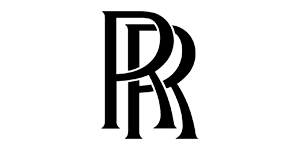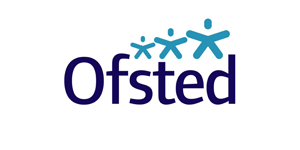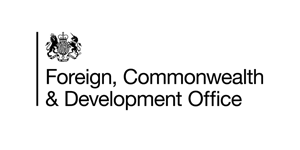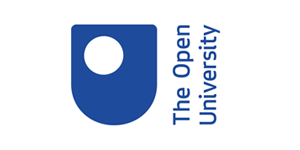Coaching and Ambiguity
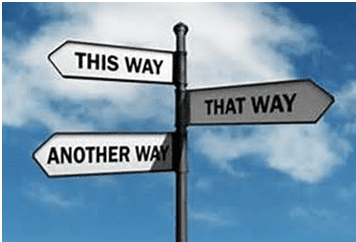
One of the questions that was once posed to me by a supervisor was “how comfortable are you as a coach in dealing with ambiguity?” I was reminded of that question when I reflected upon a series of supervision sessions I have recently had with some of our ILM Level 7 course coaches, and made me realise that the ability of a coach to deal with ambiguity is a useful indicator of their effectiveness as a coach and their growth into developing into a competent, confident and capable coach.
Ambiguity is defined as “doubtfulness or uncertainty of meaning or intention; an unclear, indefinite, or equivocal word, expression, meaning, etc. (the possibility of interpreting an expression in two or more distinct ways).”
I think that one needs to consider ambiguity from two perspectives: i) the coach and ii) the coachee.
Looking at the coach first, for me ambiguity here relates to what the coach is expecting or anticipating from the session. The fact that I do not know what is going to arise in a session is what I find the most exciting and exhilarating aspect – albeit it used to be the bit that caused the most angst and concern. Going into a session comfortable and confident in one’s own ability to deal with the unknown is often the sign of one’s own growth as an effective coach. I do not mean by this that the coach does not have to prepare for the session – however it is what is being prepared that is the key difference.
I remember that when I commenced my own development as a coach, my preparation focused on researching about the client and the organisation and anticipating likely issues or topics etc. As I gained more experience I began to realise that the critical difference I made as a coach, often flowed from the lack of knowledge about the organisation, issue or client; flowing instead from the fact that I was focused on the “here and now” of what was happening in the session itself. My preparation now focuses on checking my own focus and energy and my own coach development goals identified from my reflective learning from previous session.
“Less is more” as Ludwig Mies van der Rohe said, and I think that this exquisitely and appositely summarises what I mean by ambiguity on the part of the coach. Losing the temptation to over research and prepare means that the risk of making assumptions, presumptions or judgements, consciously or unconsciously, is significantly reduced.
Turning to the coachee, ambiguity here invariably identifies the areas that the coach needs to explore with the coachee to develop clarity and understanding. My own experience is that the bigger and vaguer the topic, the greater the difficulty in establishing a clear and measurable outcome or goal. Tools and techniques such as “drilling down”, freeze frame etc. are powerful in making the coachee realise the constituent elements in an issue and I am a huge fan of the AWE question (“The Coaching Habit” – Michael Bungay Stanier ((2016) Box of Crayons Press). The AWE question is (drum roll please) …. “And What Else?” – a simple question that can deliver huge returns.
If the coachee leaves the session with the issue still being ambiguous, then that is the aspect that makes me evaluate and question my effectiveness as a coach in that session – what could have been done differently? What aspects got in the way? Is this an issue that I need to consider taking to supervision to explore?
Let me close by sharing the gift that my supervisor gave to me – take a moment and reflect on the question: “How comfortable are you as a coach in dealing with ambiguity?” It may be a useful tool to assist in evaluating your own development or provoke reflections to explore within a supervision session.




